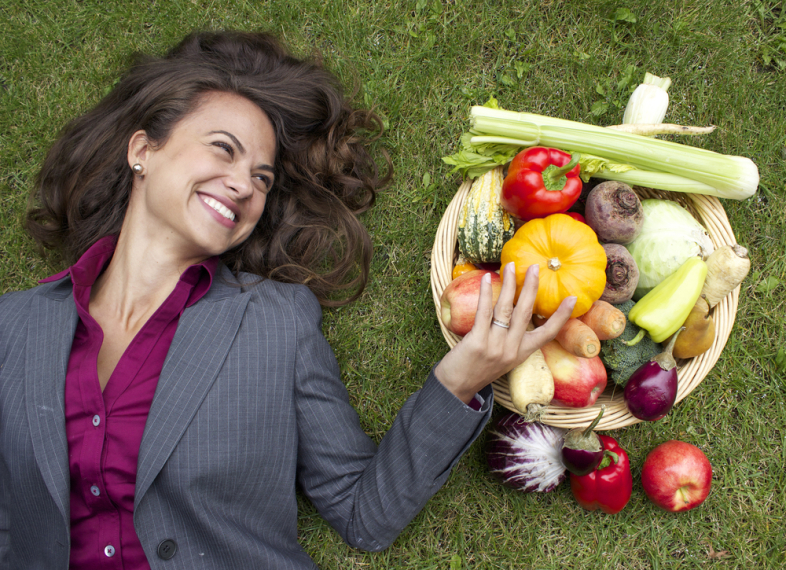
What is a plant-based diet?
A plant-based diet is basically a way of eating derived from fruits, vegetables, grains, legumes, nuts, and seeds with few or no animal products. Ideally, a plant-based diet is a vegan diet with a bit of flexibility in the transitional phases, with the goal of becoming 100 percent plant-based over time.
Types of a plant-based diet
- Vegans – don’t eat anything that comes from an animal, be it fish, fowl, mammal, or insect. Vegans refrain not only from animal meats but also from any foods made by animals (such as dairy milk and honey). They often also abstain from purchasing, wearing, or using animal products of any kind (for example, leather).
- Lacto-Ovo vegetarians – eat dairy foods and eggs but no meat, poultry or seafood.
- Ovo-vegetarians – include eggs but avoid all other animal foods, including dairy.
- Lacto-vegetarians – eat dairy foods but exclude eggs, meat, poultry and seafood.
- Pescatarians – consumes no animal or animal products except fish and/or shellfish.
- Flexitarian – follows a vegetarian diet most of the time with occasional consumption of meat or fish
What should you include in your pantry?
Non-Starchy Vegetables
- Leafy greens (Kale, Spinach, Butter Lettuce etc.)
- Broccoli
- Zucchini
- Eggplant
- Tomatoes
Starchy Vegetables
- All kinds of potatoes
- Whole corn
- Legumes (all beans and lentils)
- Root vegetables
- Quinoa
Fruits
- All whole fruits (avoid dried and juiced fruits)
Whole Grains
- 100% whole wheat, brown rice, and oats
Beverages
- Water
- Green tea
- Unsweetened plant-based milk
- Decaffeinated coffee and tea
Spices
- All spices
Omega 3 Sources
- Ground flaxseed
- Chia seeds
Nuts
- Peanuts
- Almonds
- Cashews
- Walnuts
Foods to Consume Sparingly
- Avocadoes
- Coconuts
- Sesame seeds
- Sunflower seeds
- Pumpkin seeds
- Dried fruit
- Added sweeteners (maple syrup, fruit juice concentrate, and natural sugars)
- Caffeinated tea and coffee
- Alcoholic beverages
- Refined soy protein and wheat protein
Off-limits
Meat
- Fish
- Poultry
- Seafood
- Red meat
- Processed meat
Dairy
- Yogurt
- Milk
- Cheese
- Cream
- Half and half
- Buttermilk
Added Fats
- Liquid oils
- Coconut oil
- Margarine
- Butter
Beverages
- Soda
- Fruit juice
- Sports drinks
- Energy drinks
- Blended coffee and tea drinks
Refined Flours
- All wheat flours that are not 100% whole wheat
Vegan Replacement Foods
- The vegan “cheese” or vegan “meats” containing any oil
Miscellaneous
- Eggs
- Candy bars
- Pastries
- Cookies
- Cakes
- Energy bars
It’s worth noting that just because you switch to a plant-based diet doesn’t mean that you’ll automatically become super healthy. There’s a plethora of plant-based junk foods out there such as non-dairy ice cream and frozen veggie pizza which can massively wreak havoc to your health goals if you’re over consuming them.
Read more Keto Diet and Exercise: The Ultimate Guide for Training on a Low-Carb Diet
Will a plant-based diet help me lose weight?
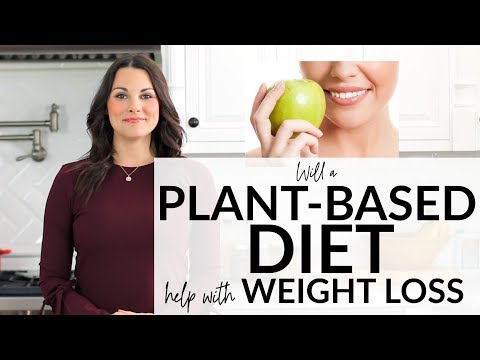
Yes. Consuming whole plant-based foods make it easier to cut off excess weight and maintain a healthier weight without having to involve calorie restrictions. This is because weight loss naturally occurs when you consume more fiber, vitamins, and minerals than you do animal fats and proteins.
Will I get enough protein on a plant-based diet?
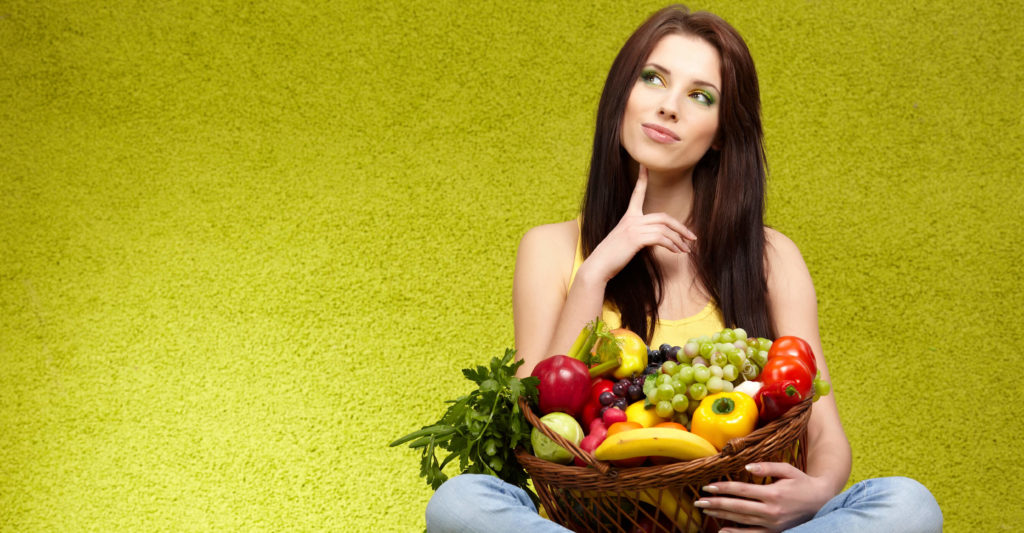
Of course, you can. Contrary to the notion being perpetuated by the mainstream media backed by big meat producers that protein is only found in meat, traditional staples such as nuts, beans, oats and brown rice are also a good source of protein.
How to build muscle on a plant-based diet?
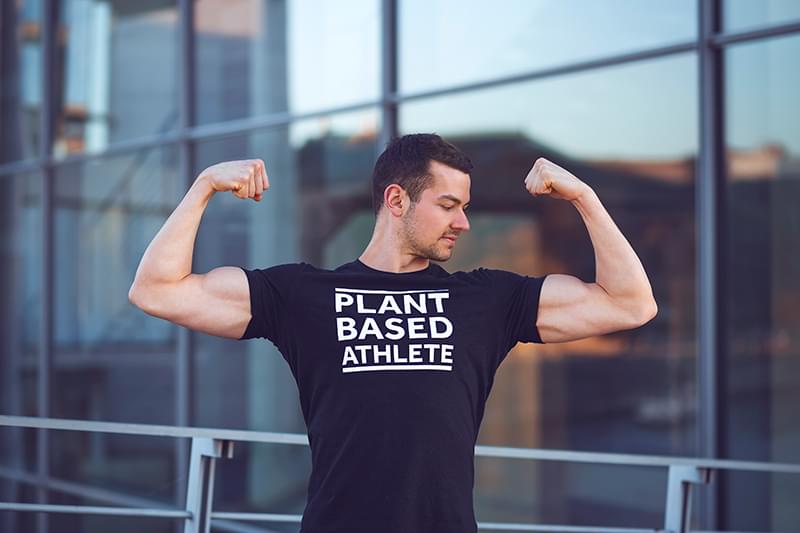
Contrary to popular belief, you don’t need meat to get big. You can effectively build muscle while being on a plant-based diet. When you understand how muscle is built, you will realize that animal products are not necessary, and they could actually have an adverse effect on your health. Muscle size only increases when two conditions are present:
- First, you stimulate growth by consistently engaging in resistance training that exerts stress on muscle fibers, creating micro-tears in them.
- Second, you need to eat enough calories to support muscle repair and growth, a small but vital proportion of which must consist of amino acids, the building blocks of protein. Amino acids help us recover from training, and they help damaged muscle tissues repair and grow.
When you eat whole plant foods, you consume not only fuel (carbohydrates), but also amino acids (protein), fatty acids (fat), fiber, water, vitamins, minerals, antioxidants, phytonutrients, and other components in the right proportions for promoting good health. When you consume processed and refined foods, you sacrifice a huge proportion of these nutrients, and you acquire the toxic baggage that comes with these foods, including excess fat and cholesterol, refined sugars, refined flours, artificial colors, additives, preservatives, and more. The amino acids in fruits and vegetables are sufficient to build muscle, and their vitamins, minerals, and antioxidants also keep us healthy, so we can exercise regularly and turn consistency into results. It is easy to see how a whole-food, plant-based diet will result in optimal health and athletic performance, including building muscle.
What are some good plant protein supplements?

- Nuzest Clean Lean Pea Protein
- PlantFusion
- NOW Sports Pea Protein
- True Nutrition Vegan Lean
- Orgain Organic Powder
- Whey
Reasons why you should opt for a plant-based diet:
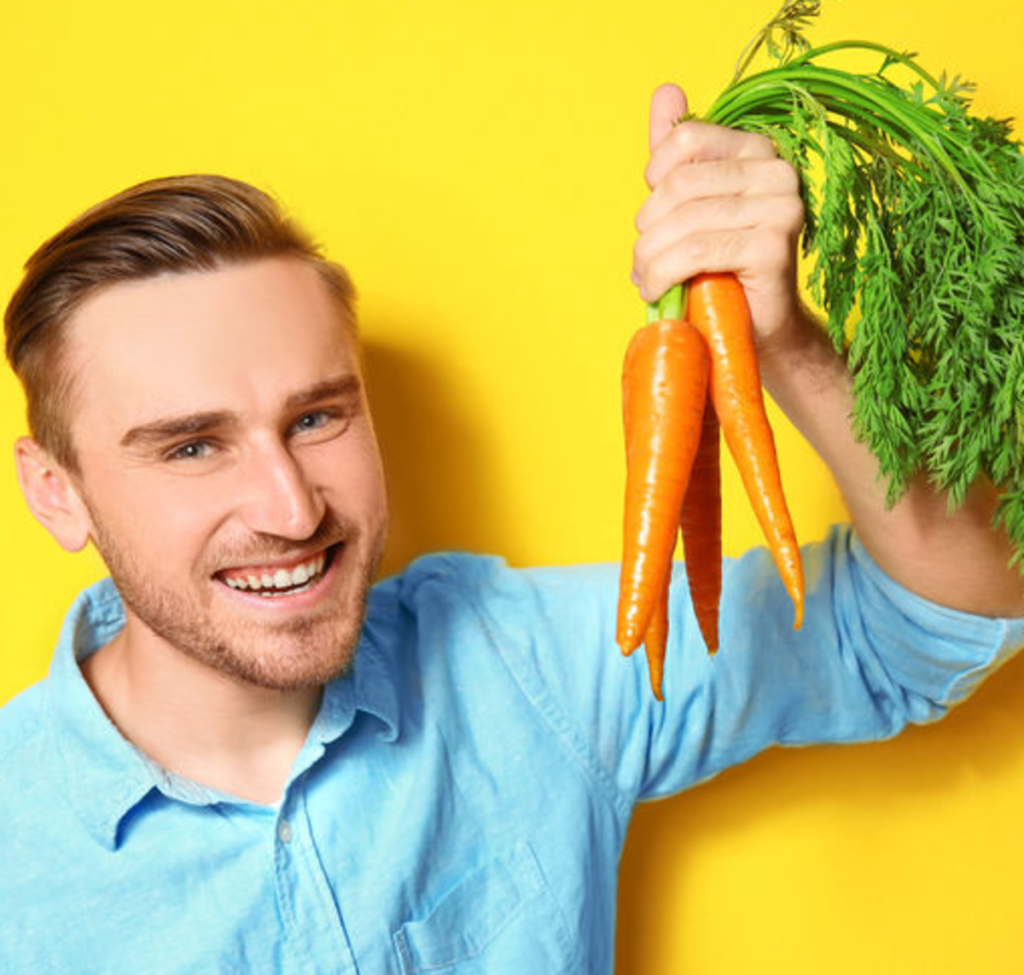
ETHICS
- Over 56 billion animals are killed every year for food, even though there are cruelty-free alternatives.
- Animals are more similar to us than many people realize. They have emotions, feel pain, have families and want to live without suffering just like us.
- Sheep can recognize up to 50 other sheep’s faces and remember them for two years
- Cows show excitement when they discover how to open a gate leading to a food reward
- Mother hens teach their chicks which foods are good to eat
- Pigs are said to be as intelligent as dogs
HEALTH
- “It is the position of the American Dietetic Association that appropriately planned vegetarian diets, including total vegetarian or vegan diets, are healthful, nutritionally adequate, and may provide health benefits in the prevention and treatment of certain diseases”.
- “…The available evidence indicates strong associations of processed meat consumption with incident CHD [Coronary Heart Disease] and DM [Diabetes Mellitus], more modest associations of unprocessed red meat consumption with incident DM, and smaller or no associations of unprocessed red meat consumption with incident CHD.”
- “…The World Health Organization has classified processed meats – including ham, salami, bacon, and frankfurts – as a Group 1 carcinogen which means that there is strong evidence that processed meats cause cancer.”
- List of organizations affirming that a vegan diet is healthy at all stages of life.
- “The use of carbon monoxide deceives consumers and creates an unnecessary risk of food poisoning by enabling meat and ground beef to remain fresh-looking beyond the point at which typical color changes would indicate aging or bacterial spoilage”.
- “Chickens for sale in Britain’s supermarkets are showing record levels of superbugs resistant to some of the strongest antibiotics, new research from the government has found.”
- “Antibiotics are used more heavily in farm animals than in people. This may be the largest source of antibiotic-resistant bacteria.”
- “More than 70 percent of the antibiotics consumed in the United States go to livestock farms, one of the main triggers driving a rising crisis of antibiotic resistance in human medicine.”
- “70% of Human Diseases linked to animal agriculture.”
ENVIRONMENT
- “Animal agriculture is responsible for 18% of greenhouse gas emissions, more than the combined exhaust from all transportation”
- “ The Animal agriculture is responsible for 80-90% of US water consumption”
- “Animal agriculture is responsible for 20-33% of all freshwater consumption in the world”
- “2,500 gallons of water are needed to produce 1 pound of beef, 477 gallons of water are needed to produce 1lb of eggs, almost 900 gallons of water are needed for 1lb of cheese, 1,000 gallons of water are needed for 1 gallon of milk”
- “Livestock covers 45% of the Earths total land”
- “Animal agriculture is the leading cause of species extinction, ocean dead zones, water pollution, and habitat destruction”
- “Livestock operations on land have created more than 500 nitrogen flooded dead zones around the world in our oceans.”
- “Largest mass extinction in 65 million years.”– “3/4 of the world’s fisheries are exploited or depleted.”
- “We could see fishless oceans by 2048.”
- “For every 1 pound of fish caught, up to 5 pounds of unintended marine species are caught and discarded as by-kill”
- “Animal agriculture is responsible for up to 91% of Amazon destruction”
- “Up to 137 plant, animal and insect species are lost every day due to rainforest destruction.”
SOCIAL
- Mental health problems reduction.
- Less crime.
- World hunger-reduction.
- Less prejudice.
- Less climate change.
RECOMMENDED VIEWING
- 101 reasons to go vegan.
- Dr. Greger – Uprooting the Leading Causes of Death.
- Dominion.
- Earthlings.
- Cowspiracy
- What the Health.

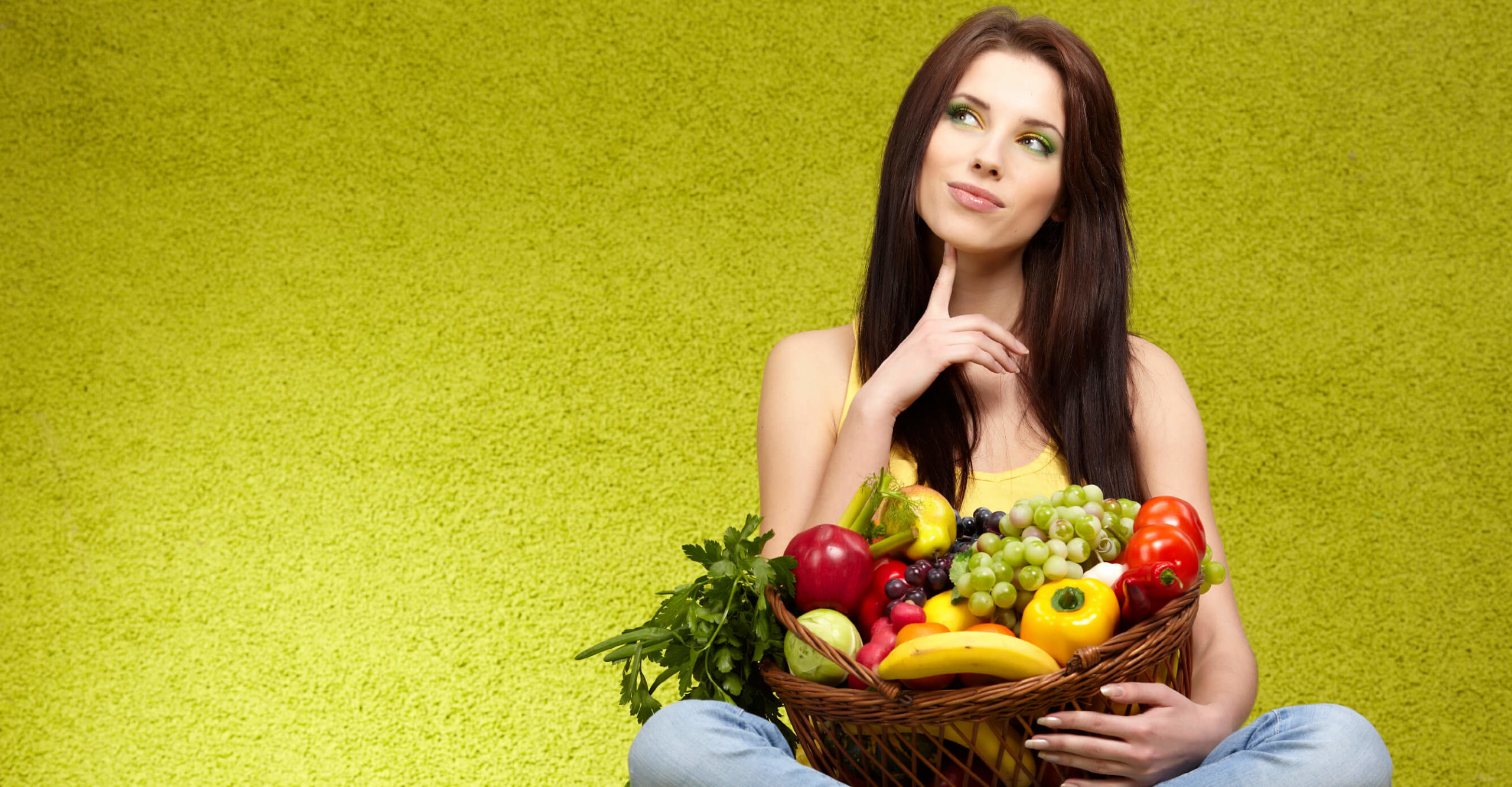
Если вы искали где отремонтировать сломаную технику, обратите внимание – техпрофи
ремонт телефонов в москве рядом
Профессиональный сервисный центр по ремонту источников бесперебойного питания.
Мы предлагаем: ремонт источников бесперебойного питания в москве
Наши мастера оперативно устранят неисправности вашего устройства в сервисе или с выездом на дом!
ремонт плазмы цена
Если вы искали где отремонтировать сломаную технику, обратите внимание – ремонт бытовой техники в барнауле
Если вы искали где отремонтировать сломаную технику, обратите внимание – ремонт бытовой техники
Профессиональный сервисный центр по ремонту бытовой техники с выездом на дом.
Мы предлагаем: ремонт крупногабаритной техники в москве
Наши мастера оперативно устранят неисправности вашего устройства в сервисе или с выездом на дом!
Профессиональный сервисный центр по ремонту бытовой техники с выездом на дом.
Мы предлагаем:сервис центры бытовой техники екатеринбург
Наши мастера оперативно устранят неисправности вашего устройства в сервисе или с выездом на дом!
Профессиональный сервисный центр по ремонту варочных панелей и индукционных плит.
Мы предлагаем: срочный ремонт варочной панели
Наши мастера оперативно устранят неисправности вашего устройства в сервисе или с выездом на дом!
замена объектива в москве
Если вы искали где отремонтировать сломаную технику, обратите внимание – выездной ремонт бытовой техники в челябинске
Профессиональный сервисный центр по ремонту фото техники от зеркальных до цифровых фотоаппаратов.
Мы предлагаем: ремонт цифрового фотоаппарата
Наши мастера оперативно устранят неисправности вашего устройства в сервисе или с выездом на дом!
Если вы искали где отремонтировать сломаную технику, обратите внимание – ремонт бытовой техники в краснодаре
Your point of view caught my eye and was very interesting. Thanks. I have a question for you.
Профессиональный сервисный центр по ремонту планшетов в Москве.
Мы предлагаем: замена стекла на планшете
Наши мастера оперативно устранят неисправности вашего устройства в сервисе или с выездом на дом!
Профессиональный сервисный центр по ремонту бытовой техники с выездом на дом.
Мы предлагаем:ремонт бытовой техники в новосибирске
Наши мастера оперативно устранят неисправности вашего устройства в сервисе или с выездом на дом!
Если вы искали где отремонтировать сломаную технику, обратите внимание – ремонт цифровой техники казань
Профессиональный сервисный центр по ремонту видео техники а именно видеокамер.
Мы предлагаем: ремонт видеокамер на дому
Наши мастера оперативно устранят неисправности вашего устройства в сервисе или с выездом на дом!
Если вы искали где отремонтировать сломаную технику, обратите внимание – техпрофи
Профессиональный сервисный центр по ремонту бытовой техники с выездом на дом.
Мы предлагаем: сервисные центры в москве
Наши мастера оперативно устранят неисправности вашего устройства в сервисе или с выездом на дом!
Если вы искали где отремонтировать сломаную технику, обратите внимание – профи услуги